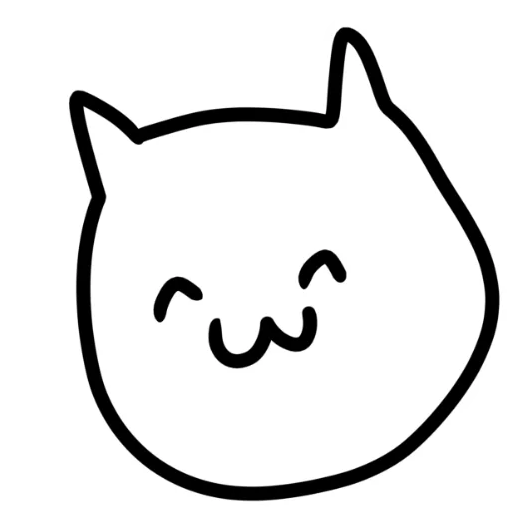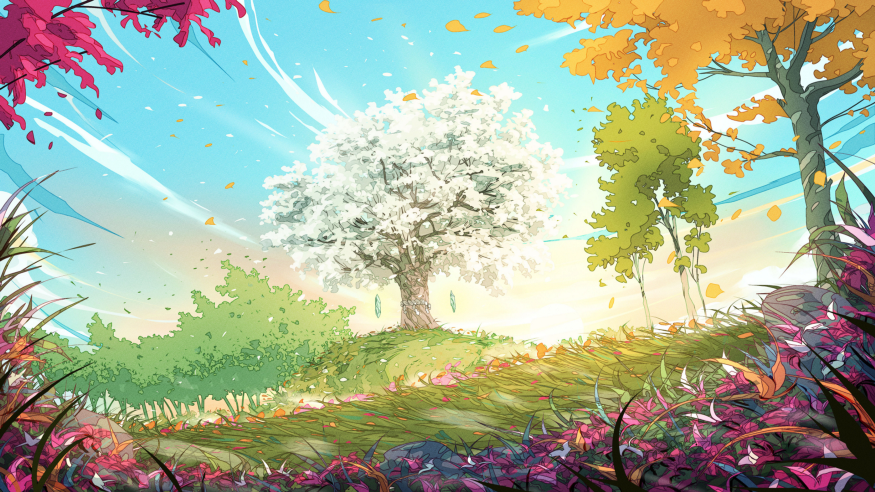A place to discuss privacy and freedom in the digital world.
Privacy has become a very important issue in modern society, with companies and governments constantly abusing their power, more and more people are waking up to the importance of digital privacy.
In this community everyone is welcome to post links and discuss topics related to privacy.
Some Rules
- Posting a link to a website containing tracking isn’t great, if contents of the website are behind a paywall maybe copy them into the post
- Don’t promote proprietary software
- Try to keep things on topic
- If you have a question, please try searching for previous discussions, maybe it has already been answered
- Reposts are fine, but should have at least a couple of weeks in between so that the post can reach a new audience
- Be nice :)
Related communities
much thanks to @gary_host_laptop for the logo design :)
- 0 users online
- 108 users / day
- 435 users / week
- 1.32K users / month
- 4.54K users / 6 months
- 1 subscriber
- 4.64K Posts
- 117K Comments
- Modlog





You can’t just program data that doesn’t exist into existence.
I do remember 1-2 years ago there is a paper (or model?) that reverse blured images. It’s similar to how ML based object remover and inpainting works. Granted it only works for specific blurring algo.
Some blues are reversible, and some aren’t. Some of them do a statistical rearrangement of the data in the area being blurred that’s effectively reversible.
Think shredding a document. It’s a pain and it might take a minute, but it’s feasible to get the original document back, give or take some overlapping edges and tape.
Other blurs combine, distort, and alter the image contents such that there’s nothing there to recombine to get the original.
A motion blur or the typical “fuzzy” blur can be directly reversed for the former, and statistical techniques and AI tools can be used on the later to reconstruct, because the original data is still there, or there enough that you can make guesses based on what’s there and context.
Pixelating the area does a better job because it actually deletes information as opposed to just smearing it around, but tools can still pick out lines and shapes well enough to make informed guesses.
Some blurs however create a random noise over the area being blurred, which is then tweaked to fit the context of whatever was being blurred.
Something like that is impossible to reverse because the information simply is not there.
It’s like using generative AI to “recover” data cropped from an image. At that point it’s no longer recovery, but creation of possible data that would fit there.
The tools aren’t magical, they’re still ultimately bound by the rules of information storage.
Yeah, for the pic you used as example, the tool will just create something that fits. Not really “unblur” the image but guess what it would be with the info it have. It will be very likely not the same face versus the original.
However, recreating background maybe easier and accurate enough for a geo guesser or a ML model to figure out roughly where the image was taken.
You do realize that a lot of image recognition was done on scaled down images? Some techniques would even blur the images on purpose to reduce the chance of confusion. Hell, anti-aliasing makes text seem more readable by adding targeted blur.
Deblurring is guessing and if you have enough computing power with some brain power (or AI), you can reduce the number of required guesses by erasing improbable guesses.
Anti Commercial-AI license
Is that supposed to mean something to me?
It’s still just guessing.
And thus programming data into existence.
Anti Commercial-AI license